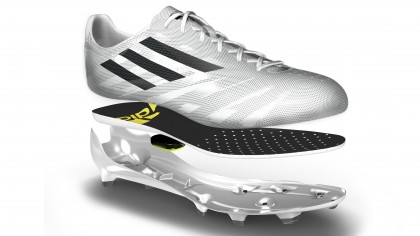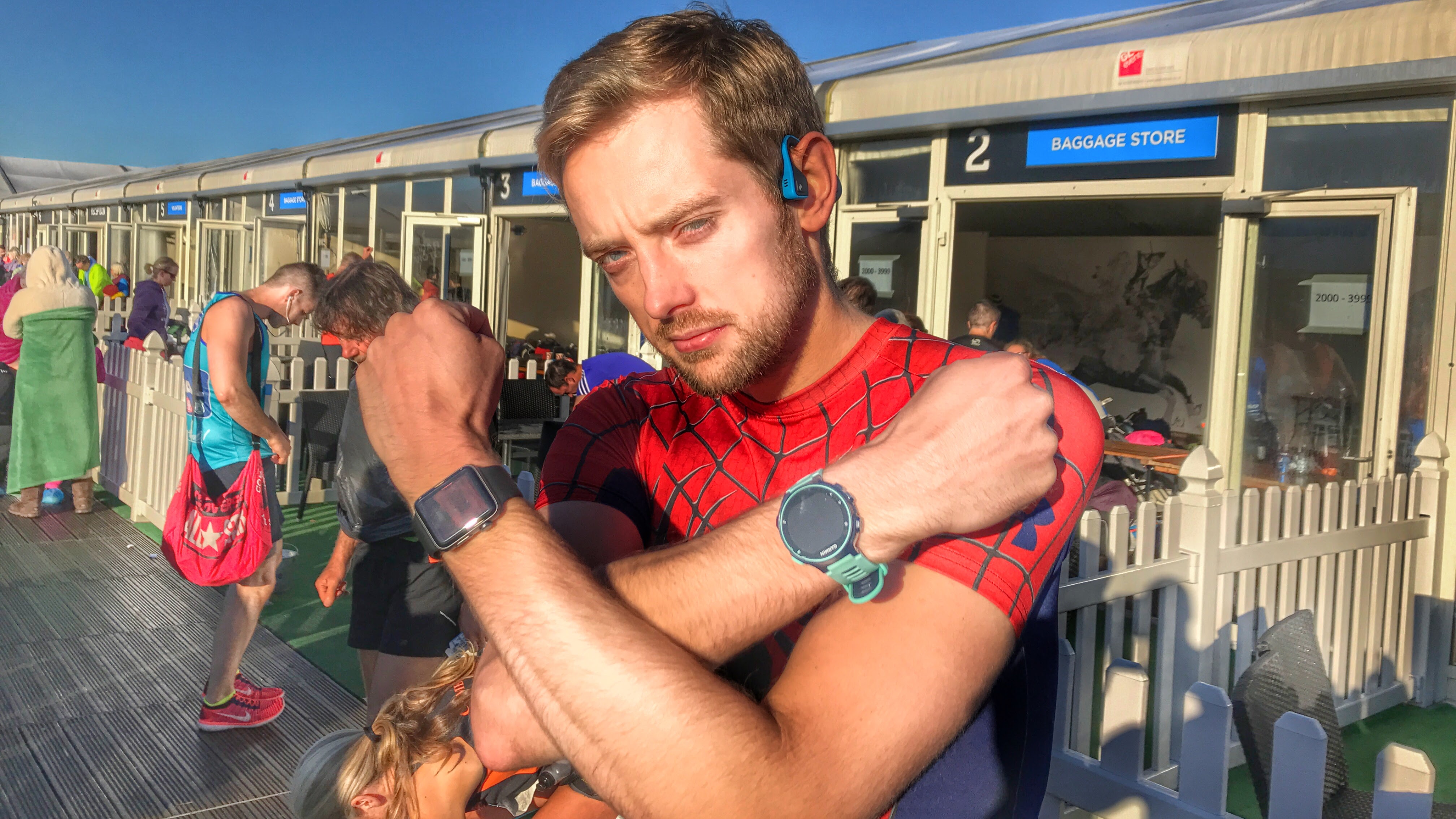Uncovered: the technology behind the impossibly light football boot
"Now we have in-house testers, use local amateurs and semi-pro footballers to test out the boots."
Through this process Adidas has identified seven 'football movements' that are key to putting together an optimum boot – these equate to motions like turning, braking and accelerating and have an effect on elements such as stud length, configuration and shape as the company looks to eke the maximum performance from the minimum weight.

And on top of that, the boots are then strapped to the feet of the aforementioned amateurs and given a run out on the uneven local pitches, giving data on the effect in different climates and scenarios.
"Our testing has to be so rigorous," said Zea. "Every individual material is subject to a barrage of tests: adhesion, abrasion, testing different flexibilities in different climate types.
"We then test the finished boot on three to four month wear tests, which we then use to modify the boot, by seeing how it performs in all kinds of conditions. Even down to finding out if they're ever cleaned or not!"
The result is truly impressive. It's impossible to give a sense of what picking up one of these F50 concept boots really feels like, but the idea they are strong enough for the rigours of the modern game while being so light and wafer thin is mind boggling.
No more worlds to conquer
So surely, with such an effort to push the boundaries, this is the nadir of low-weight footballing boots?
Sign up for breaking news, reviews, opinion, top tech deals, and more.
"When I told people that I was going to become innovation director at Adidas, they told me it wasn't needed, that football is a simple game.
"But I recently read a quote from Google that blew my mind: that it believes it's only at 1% of what's possible [in terms of innovation]," added Zea.
"There's still a whole world of materials and other things that we haven't explored, so much more to do. We've not even scratched the surface of how these products can evolve."
You can't help but feel impressed by the result - but whether it will have a biomechanical or just psychogical effect on the players wearing it is something Zea wouldn't be drawn on.
But with data playing an increasing role in today's sporting environment, there's no doubt boundaries will continue to be pushed as elite teams look to gain any edge possible, so it seems impossible that this is the end of innovation.
Whether that's through new materials or better sensors, Zea wouldn't tell us (beyond admitting he was working on something 'game-changing' for 2018 and beyond) but surely there's no way they can get lighter.
Right...?
- You don't have to wait to see something game-changing - check out these sporting innovations that can change the way you play.

Gareth has been part of the consumer technology world in a career spanning three decades. He started life as a staff writer on the fledgling TechRadar, and has grew with the site (primarily as phones, tablets and wearables editor) until becoming Global Editor in Chief in 2018. Gareth has written over 4,000 articles for TechRadar, has contributed expert insight to a number of other publications, chaired panels on zeitgeist technologies, presented at the Gadget Show Live as well as representing the brand on TV and radio for multiple channels including Sky, BBC, ITV and Al-Jazeera. Passionate about fitness, he can bore anyone rigid about stress management, sleep tracking, heart rate variance as well as bemoaning something about the latest iPhone, Galaxy or OLED TV.